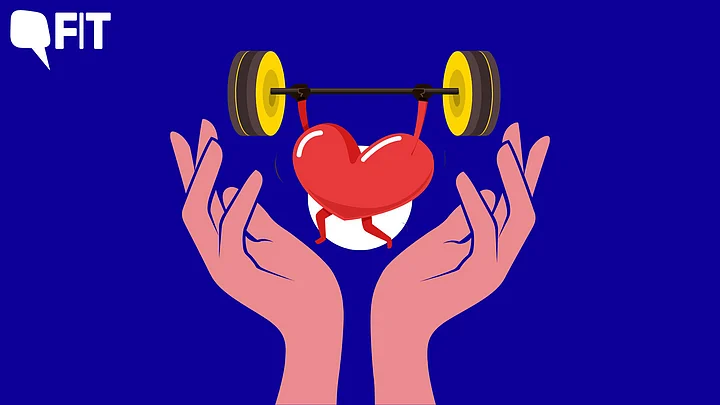While until a few years ago, heart transplant was seen as the only attempt to save someone suffering from heart failure, thanks to technological developments, medical implant devices are emerging as an alternative to such surgeries.
Left Ventricular Assist Device (LVAD) is an example of an implanted device used for the prevention of last-stage heart failure.
LVADs have been introduced as a negligibly interfering method of implanting a heart pump for people with congestive heart failure. Here's all you need to know about LVADs.
What are LVADs and how do they work?
Left Ventricular Assist Devices (LVADs) are medical devices that are used to help pump blood from the left ventricle of the heart to the rest of the body. These devices are typically used in people suffering from heart failure.
LVADs can be used as a bridge to heart transplantation, as a permanent treatment for heart failure in patients who are not candidates for heart transplantation, or as a temporary measure to allow the heart to recover after surgery or a heart attack.
The long-term survival rate of LVADs is similar to that of a heart transplant and patients can live an improved quality of life post undergoing this procedure. Over time, with the advancement of technology, LVADs have become more affordable, effective, and easy to use.
Who needs an LVAD?
LVADs are not appropriate for all patients with heart failure, and the decision to use an LVAD will depend on many factors, such as
The severity of the heart failure
The patient's overall health
Their individual circumstances
Patients who may be candidates for an LVAD will need to undergo a thorough evaluation by a cardiologist that specialises in advanced heart failure treatment.
Is LVAD a better option for patients with advanced heart failure compared to a heart transplant?
LVADs are more safe and accessible
Patients don't have to wait for donors or struggle due to persistent shortage of donors
LVADs require fewer consultations post treatment
But, the most important prerequisite is to have a healthy right heart function as LVAD can only support the right side. Patients with both sides of heart failing will require a transplant.
What are the benefits of LVADs? Can having to live with this device affect a person's daily routine?
LVADs have been shown to improve survival in patients
Improved quality of life
Increased physical activity
Reduction in hospitalisations
While it may take some time to get used to having an LVAD, it helps the patient
Lead a more active life
Improves the patient's strength
What should patients keep in mind after getting an LVAD?
Post treatment, the patient must
Follow a balanced diet
Quit smoking
Avoid drinking alcohol
Exercise regularly
Go for regular check-ups every 6-8 months

